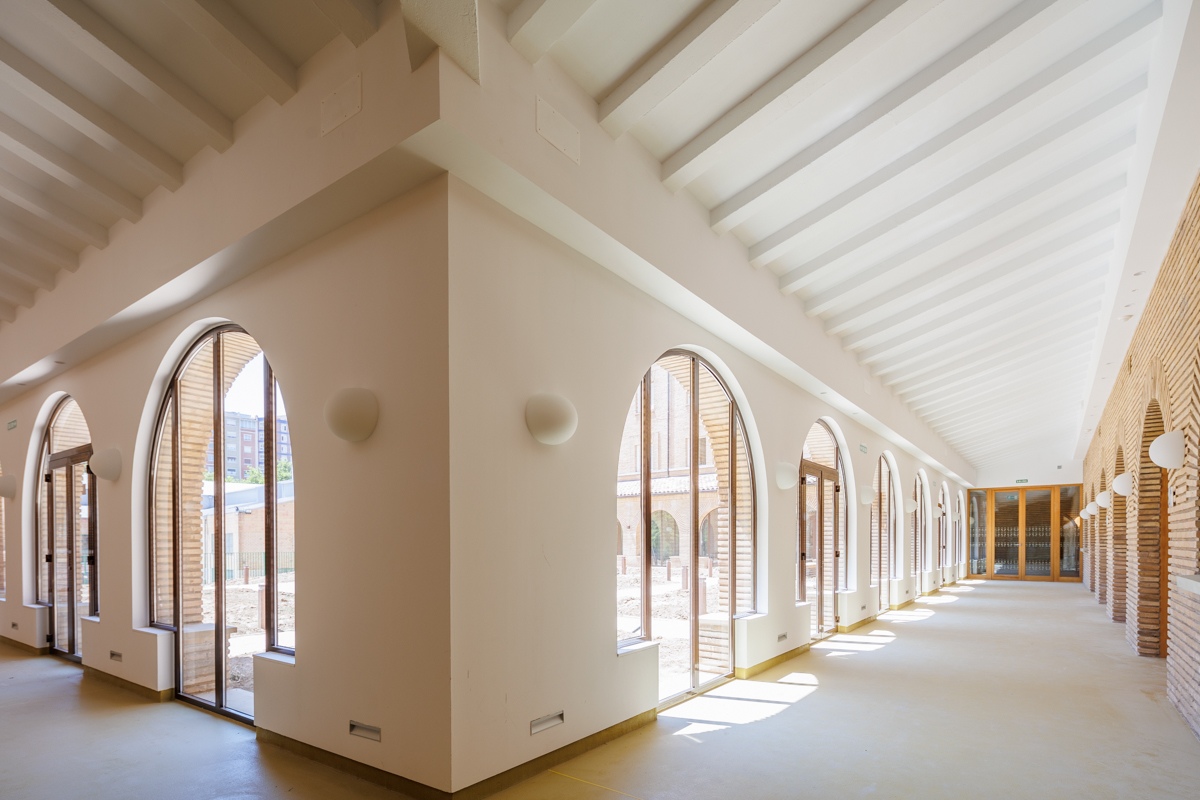Blending the old with the new: refurbishing our historic buildings safely
When it comes to approaching a refurbishment project, heritage buildings can present a unique set of challenges, especially when it comes to ensuring that the building is in line with modern-day fire safety requirements.
Here, Andy Lake, Sales Director UK & IRE, at Pyroguard, explores further.

Refurbishing historic buildings with fire safety glass
Here in the UK and across the globe, we are fortunate to have a range of beautiful and historic buildings, each with its own story to tell. With their rich heritage, many still play a current role in our modern-day society, from council offices to libraries, schools and religious buildings. Ensuring that these buildings remain functional and operational for future generations to enjoy can present building owners, developers and architects with a challenge. There comes the need to both preserve and refurbish: bringing the building back to life; doing so sensitively, without detriment to its heritage; and simultaneously adhering to the latest building regulations.
Here, glass can be a great material choice, already loved for its ability to open up a space and create a light environment. It can also be instrumental in helping to create a more contemporary look and feel – key when it comes to modernising our old buildings and making them suitable for 21st century use.
Glass can also prove invaluable in helping to sympathetically integrate and blend the old with the new. For example, part of a refurbishment project may include a new modern extension being added on to the original building. Here, the specification and installation of glass, such as in the form of a glazed wall partition, can help to provide a harmonious link between the two interiors.
This is the exact approach taken on the No.1 Horgan’s Quay development in Cork, Ireland, with the upper floors of the new structure cantilevered over the site’s original industrial Goods Shed. It was decided that the building’s new lobby area would feature a large glazed partition on the first floor, helping to create a light, open space and simultaneously blend the old restored structure with the new.
Of course, another important thing to consider when refurbishing our historic buildings is ensuring that they provide occupants with a safe and comfortable environment, in line with current building and fire safety regulations. This can often present architects and specifiers with a very real and potentially complex challenge – even more so if the building is listed, for you can be extremely limited with what you can alter.
For example, when it comes to fire safety glass, the building’s existing frames may be unable to take the thickness or weight of glass required; yet you may be unable to change the frames if it is a listed building. While, if it is a building extension, it’s important to ensure that any new glazing systems remain in keeping with the character of the building, often determining the frames and materials specified.
Ultimately, when it comes to refurbishing the old, project teams face the challenge of having to work around the existing structure, with the building determining what products, materials and systems are installed, rather than vice versa. What’s more, safety products, such as fire safety glass, can present an additional challenge, with the need to ensure that a system approach is taken. Simply taking out the old glass and installing fire safety glass within an existing frame with no further technical consideration is unlikely to result in a fire-safe system being created, and could potentially have fatal consequences.
Bespoke solutions are often required, which is where technical advice and support from manufacturers like ourselves can really come into play.
A great example of this is the Capuchino Convent de San Antonio de Padua in Spain, which was refurbished following the construction of a new social centre on the same site. To ensure that any new glazing was in keeping with the convent’s style and heritage, a timber frame with a varnished oak finish was chosen. Following this, a bespoke fire resistance test was carried out using Pyroguard Protect glass, ensuring that the specification performed as a system. Another challenge was that many of the existing window and door openings were semi-circular, amongst other curved shapes, rather than the standard rectangle or square. Here, Pyroguard again demonstrated its technical expertise, supplying bespoke glass components to suit the on-site framework.
With so many historic buildings in our towns and cities, ensuring they remain open for public use should be a priority, helping future generations to continue enjoying our rich architectural heritage. However, making them safe and suitable for modern-day, while refurbishing them in way that is sensitive to their history, can present developers and architects with a very real challenge. Here, bespoke solutions and expert technical advice, such as those offered by Pyroguard, can be instrumental in ensuring a successful project delivery.
For further information, or to discuss how we can help you with your next project, please contact us.
